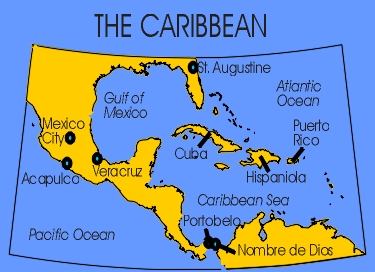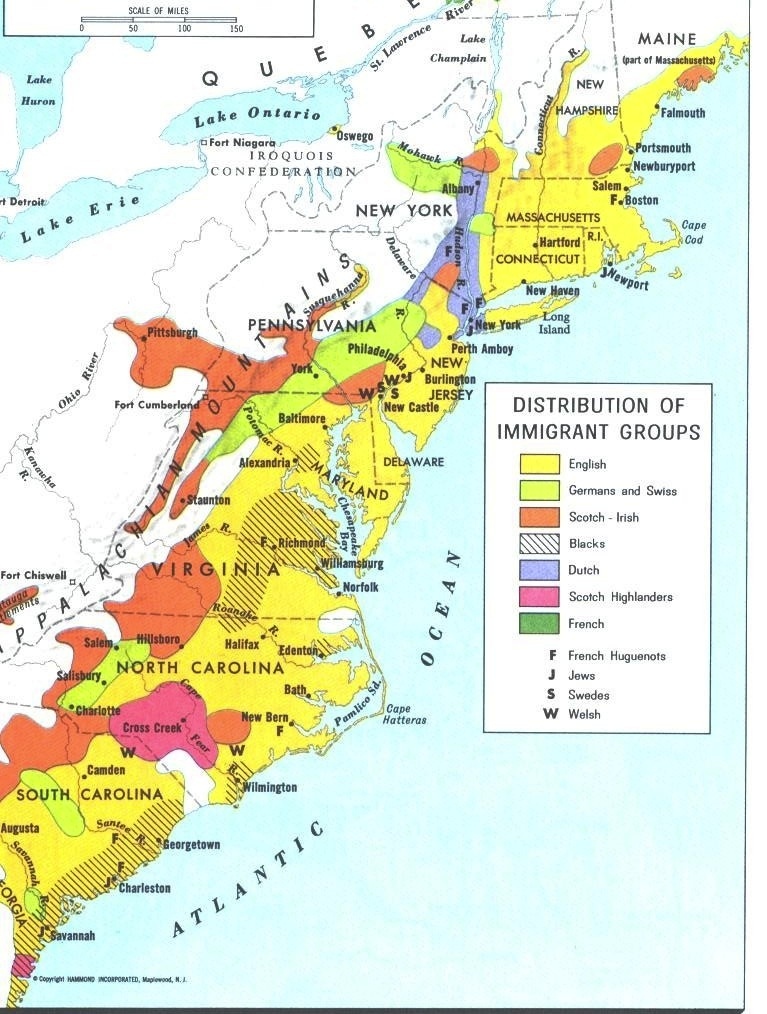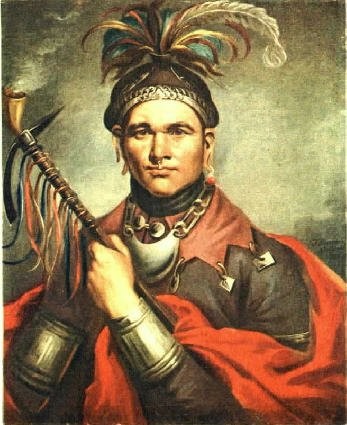Clarify: Studies in Ecological History
question | text | economy | map | evidence | behavior | argument
![]()
What are the affects of maize on land-use, demography, and character?
Germs Seeds, & Animals. pp. 167-179.
What are Americans obsessed with and what evidence does Crosby give?
pp. 167.
The economic transformation's consequence
". . . chronically materialistic & optimistic."
"the positive experience of common Americans."
North America . . . . "it had the numbers to seize what it wanted ."
p. 167.
"the source of that promise be Christianity or Marxism. . . .
"probably has roots, deep and old, in the positive experience of common Americans, white ones, at least, in meeting life's most basic demands.
p. 167.
Map of the Americas
Benjamin Franklin argued in 1751 the colonial population doubled every twenty years, twice the rate of Europe's population.
Crosby further argues that:
John Adams wrote that in 1780 "They were adding twenty thousand men of fighting age every year."
p. 168.
"Women tended to marry earlier than in Europe, especially in the first decades of a given settlement, to remarry quickly if widowed; and to have a large number of healthy children."
p. 168.
"In 1790 half the population of the United States was under sixteen years of age."
p. 168.
"Nearly everyone who has speculated . . . . pointed to the availability of open spaces."
"Land thus being plenty in America, and so cheap as that a labouring Man . . .can . . . in a short Time save money enough to purchase a Piece of new Land."
p. 169.
"heavy soil required deep plowing . . ."
p. 169..
"In large part the very first All-Americans survived because the Amerindians gave or sold them America's native grain, or because the whites stole it."
p. 170.
"The food was maize or, as it was often called, Indian corn, or just corn, and the Euro-Americans in North America adopted it more enthusiastically and maintained it as their staple for longer than any of their peers elsewhere in Europe's colonies.
"It produced far more food per acre than any plant brought from Europe."
Corn equalled 200 bushels per acre over 12 to 20 bushels per acre for wheat
p. 170.
question | text | economy | map | evidence | behavior | argument
Corn called Maize – "It had been introduced from Mexico as long ago as 300 BC."
100 million native Amerindians in 1492; less than 10 million in 1900. Down from one sixth of the world's people in 1492.
p. 97.
"Corn ripened in one half (southern variety) to one quarter of a year to ripen (northern variety)."
p. 171.
At least 18 species of corn existed in the North America.
"Maize was suited to American environments and to the Amerindian slash-and-burn style of farming as well."
p. 171.
"Maize was lavishly advantageous . . . the most useful grain in the world."
p. 172.
"If food were needed immediately , the ears could be eaten green."
"If there were a shortage of labor, the ears could be left on the stalks, safely enclosed from storm in their husks, which were resistant to the the beaks and claws of hungry birds."
p. 172.
The Native Americans crop . . ."and corn whiskey made good liniment" a topical medicine.
p. 173.
question | text | economy | map | evidence | behavior | argument
" . . .but it was undeniably a land in which young and fertile people had access to cheap land, and possessed, in the maize plant, a means to secure wholesome nourishment for themselves and their progeny easily and quickly."
p. 174.
"in a Europe . . .small grains required greater inputs of energy and skill than the American staples . . . . "
p. 174.
"across the Atlantic to an amazing country where maize ruled and famine was almost impossible."
pp. 174-75.
"You and I live in a different world from that of the " founders .
"a world in which commercial hyperbole and political propaganda have dulled our sensitivity to language."
p. 176.
"too concerned with heaven on earth."
p. 177.
question | text | economy | map | evidence | behavior | argument
Germs Seeds and Animals. pp. 167-177.
Crosby's underlying assumptions from Germs Seeds and Animals.



